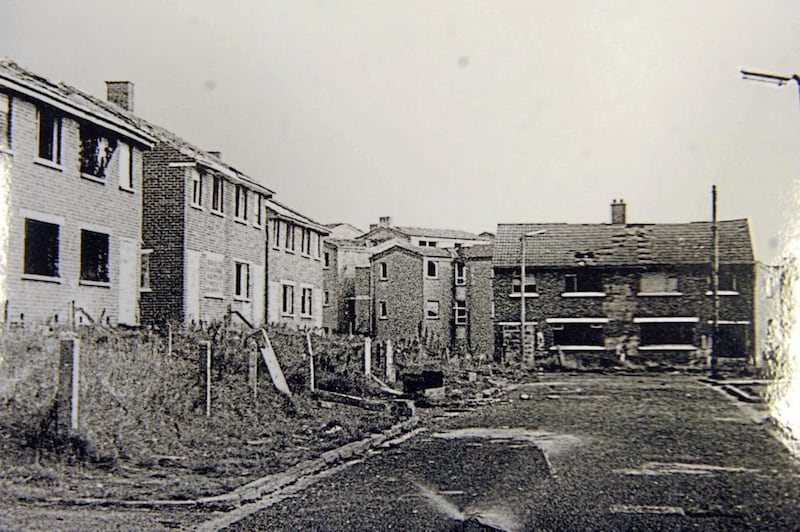A former paratrooper who gave evidence at the inquest into the deaths of 10 people during the Ballymurphy massacre has described in a new memoir how young members of the regiment were “completely brainwashed” and that poor leadership “led to many innocent victims being killed”.
Matthew Innes, who was stationed in Belfast in 1971 when the Ballymurphy massacre took place across three days in the west of the city, has outlined his experience with the Parachute Regiment in his new self-published book set to be released next month, titled A Paratrooper’s Journey.

The Edinburgh-born soldier, who gave evidence anonymously at the Ballymurphy massacre victims’ inquest in 2019, is critical of some in his former regiment, and in his book the 75-year-old repeats claims he made at the Coroner’s Court hearing, including how a small number of paratroopers went “rogue” and were “psychopaths.”
Between August 9-11 of 1971, at the introduction of internment, 11 civilians were killed in Ballymurphy by paratroopers, including a mother-of-eight and a Catholic priest shot while giving aid to a wounded neighbour.
Mr Innes describes the “chaos” among members of the regiment at the time, which led to an attitude that innocent civilians were to be considered IRA members and deserving of being shot.
A member of the regiment’s A Company, Mr Innes said that after being struck on the head during disorder in the Beechmount area on August 9, he was sent for medical treatment at Henry Teggart Hall, close to Ballymurphy, where B Company was stationed.
“Not only was it chaos in west Belfast, but it was now starting to become chaos in the Parachute Regiment itself,” he writes in the memoir.
“Para soldiers were tired with little to no sleep for many hours trying their best to stay alert, in our case our platoon commander was young and very inexperienced, not long out of officer training himself, and relatively new to the Platoon, he didn’t really know any of the men he was meant to be leading.

“The Parachute Regiment was stretched for manpower on the ground; leadership in the Regiment at the time was questionable.”
He writes that upon arriving at Henry Teggart Hall he saw the bodies of four people who had been fatally shot.
“Seeing four Paras whom I knew standing near the dead, I asked them what happened; they said to me it’s chaos, f*****g chaos, saying everything is fair game.”
He adds that paras went on to say: “Anything moving out there is considered IRA and should be f*****g shot, we’re taking no chances with any of these b******s.”
Mr Innes gave his evidence to the inquest in May 2019, and describes in the book how he turned down a Ministry of Defence offer to assist with his statement and legal representation.
The former soldier also spoke of some of his colleagues going “rogue.”
“Only a very small number of Paras went rogue during the Troubles; to some extent, they were all psychopaths,” he states.
“These men were sometimes dangerous to be around, especially with a gun in their hands. I couldn’t see myself in court not telling the truth about my time in Northern Ireland.
He added that some websites were “telling anyone being summoned to court to remember the 3-Ds, Delay, Deny, and Dementia.”
Following the 2019 inquest hearings, a coroner found those killed in Ballymurphy were “entirely innocent of any wrongdoing”.
Mr Innes adds: “It is clear that we, as young Paras, were completely brainwashed and were only carrying out orders being given to us; at times in Northern Ireland, our leadership was poor, partly due to being overstretched.
“This was most definitely the case during these few days of violence, which led to many innocent victims being killed.”
Mr Innes writes that apart from rogue members, he believes most paratroopers in the north “were soldiers of the highest calibre, and they were good honest people”.
The Irish News approached the MOD, and a spokesperson referred to the 2021 statement in parliament by then Northern Ireland Secretary Brandon Lewis following the inquest findings, in which Mr Lewis said: “The findings of the coroner are clear: those who died were entirely innocent of wrongdoing.
“The events at Ballymurphy should never have happened. The families of those who were killed should never have had to experience the grief and trauma of that loss.”


